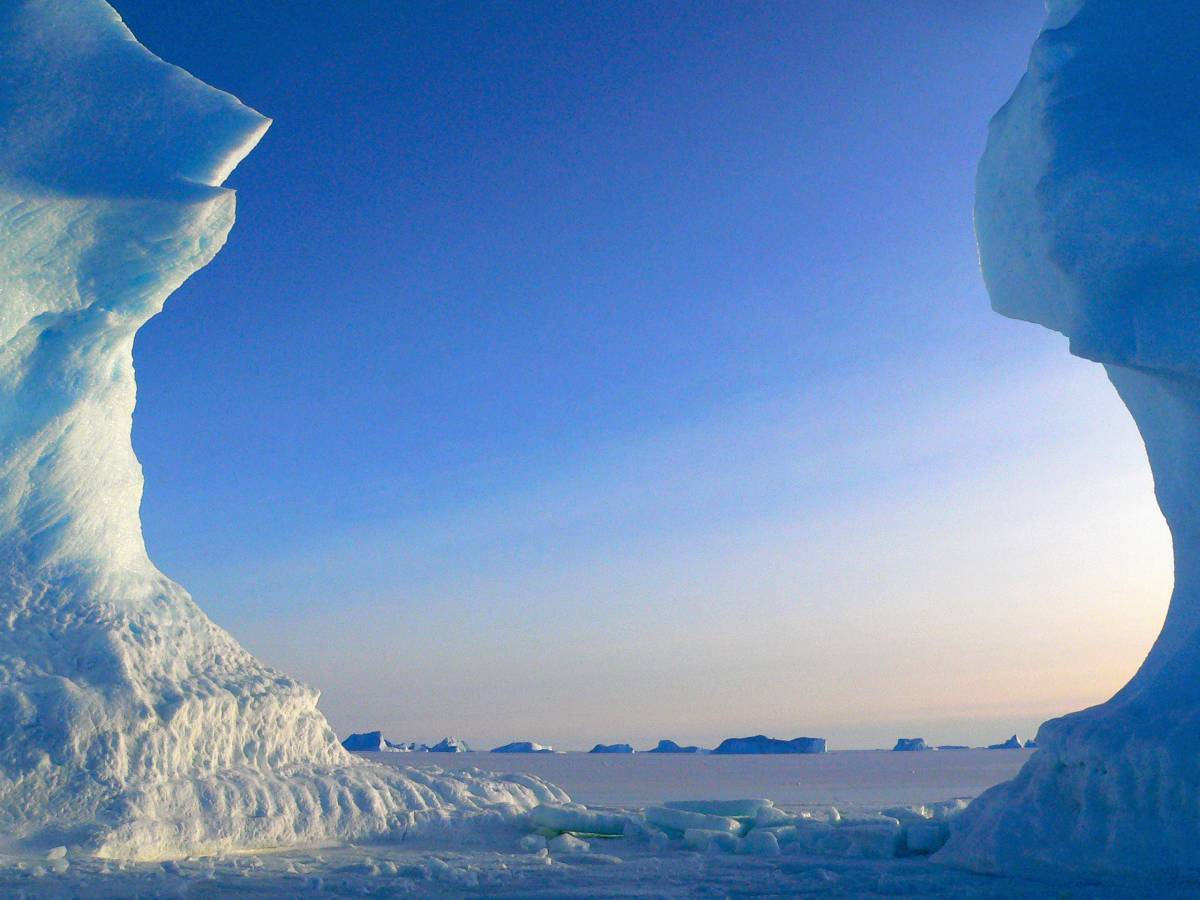Opinion
Those of us of a certain age will remember when global cooling was the big End of the World story of the day. Even the Clash got in on it: The Ice Age is coming! At the time, a bright-eyed young, teenaged me did an internship at a leading scientific institute. I’ve never forgotten listening to an ocean and atmospheric scientist (or what, today, would be called a “climate scientist”) expound that, “I firmly believe we are witnessing the beginning of the next Ice Age”.
It turns out that he might have been right.
Valentina Zharkova, a Professor at the Northumbria University is an astrophysicist whose research focuses on the Sun. As Zharkova points out, the Sun, not CO2, is the primary driver of the Earth’s climate.
Zharkova’s research suggests that we have entered a colder period, or essentially a little ice age, in the next 30 years, as the Sun’s activity weakens in the context of global warming.
In other words, there is not a question of Zharkova – or any other scientist who is justifiably sceptical about the omnipotent power of the CO2 molecule to warm the air – denying climate change. On the contrary, climate change and the cooling or warming of temperatures are very real, she asserts. For example, Zharkova points out that in Scotland, where she has lived for many years, the weather was much warmer 2,000 years ago. “The Romans were growing grapes and making wine in Scotland at that time, for example,” she says.
The climate was also much warmer a few centuries after the Romans departed Britain, in what is known as the Mediaeval Warm Period. Then it got cold again. Really cold.
Between 1645 and 1715, for example, the period known as the Maunder Minimum, when the Sun’s activity weakened particularly sharply, the weather in Europe became much colder. Britain’s major rivers – such as the Thames and Tyne – could be skated on, and the Dutch canals regularly froze over. Alpine glaciers widened and absorbed large areas of arable land, and the ice mass expanded strongly southwards from the Arctic. Temperatures across the planet were much lower – in Europe and North America, for example, up to 5° to 7°C colder in places. This is a huge change.
The coming cooling period Zharkova forecasts will not be as strong as the Maunder Minimum.
Zharkova estimates using some previous research that on average – which of course means potentially much larger changes from region to region – the Earth’s temperature will fall by one degree Celsius over the next 30 years, and not rise, as the UN’s Intergovernmental Panel on Climate Change (IPCC) warns us […]
So, for the foreseeable future, according to Zharkova, we should not be thinking in terms of global warming, but of a significant cooling, such as that occurred in the 17th century, which will, of course, have a direct impact on our way of life.
Even worse, idiotic governments are driving the adoption of the one energy technology you don’t want to use during a solar minimum.
According to Zharkova, in times of declining solar intensity, it is not worth naively hoping that solar panels will be able to produce any significant amount of energy. “I have only compassion towards the people who have invested in solar panels,” Zharkova says. When you consider that in the low period of solar activity, we can expect winters to get longer and that in northern Europe it may even snow in June, as it did in the 17th century, the prospects for solar panels are not very good. “During the Maunder Minimum, there were years when there was no summer at all – there was a short spring, then autumn and winter again. And if you’ve got snow on your solar panels or cloudy skies, they’re useless,” she says. We can also expect colder weather to put wind power generation under pressure – there are plenty of examples of wind turbines freezing and stalling.
All in all, we might well be grateful for all that CO2 we’ve been told to be so terrified of.
“We actually have a CO2 deficit in the world, and it’s three to four times less than the plants would like,” she notes, adding that the proportion of CO2 in the atmosphere has been at much higher levels throughout our planet’s history than it is now […]
If CO2 were to fall below 150 ppm (0.015%), it would already mean the extinction of vegetation and all other life. We came close to that during the last glacial maximum when it was at 182 ppm (0.018%).
Zharkova says that the fact that CO2 levels in the atmosphere are now increasing is a good thing. “We don’t need to remove CO2 because we would actually need more of it. It’s food for plants to produce oxygen for us.”
The Daily Sceptic
The simple proof of that is the undeniable fact that the world has greened significantly in recent decades. This fact is well-attested by even NASA. Moreover, the greening has been in leafy cover, forests.
Tell us again why we should be afraid of a warm climate.

